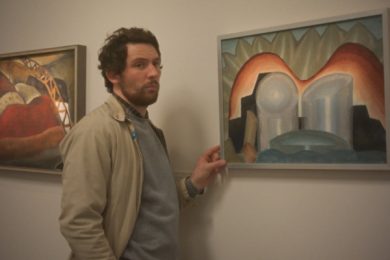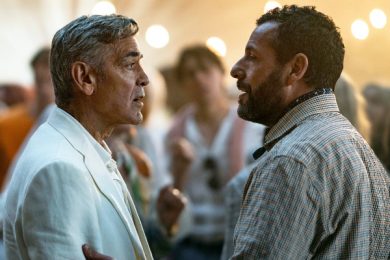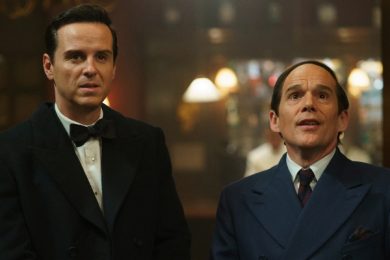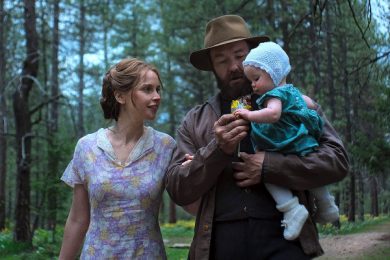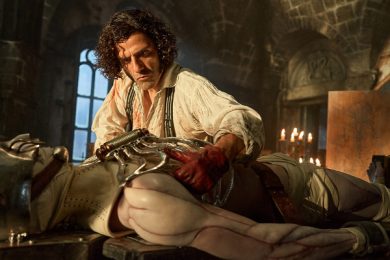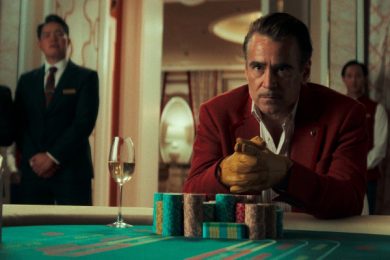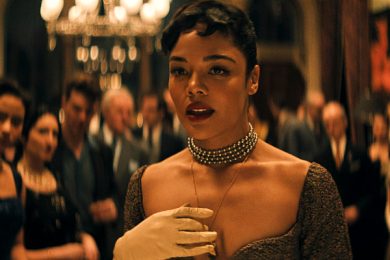Mati Diop’s Dahomey is a visually arresting and intellectually heady documentary about twenty-six pieces of art being returned to Africa. The items were seized by French soldiers in 1892 from what was then the nation of Dahomey. They’ve been displayed in France until, in 2021, it was decided to send them back – part reparation, part amends. The act of their return is imbued with an air of nobility and righteousness. What was once Dahomey is now the Republic of Benin, a French language nation that accepts these works of art with a mix of graciousness and skepticism. Is this meant to be an apology for the plundering of the Global South? Diop gets a lot of perspectives, but perhaps the most unique perspective she gets is from the artwork itself.
A statue marked ‘No. 26’ is a statue of Dahomey King Ghézo, and he narrates his own journey back to his homeland. In a warbled voice that sounds vaguely like a monster from the far future, No. 26 charts his path, from the maintained halls of a Parisian museum, into wooden crates, and then further revealed to ambivalent African eyes. It’s a conceit that should feel more like a gimmick, but Diop gives No. 26 a true identity, as he asks questions on his own behalf. Most importantly: why don’t they use his real name? Why is he reduced to a number? The voice over (by Haitian writer Makenzy Orcel) gives the film a supernatural quality, but it also gives us a first-person view of the this morally ambiguous situation. As the people of Benin debate the merits of the returned art, No. 26 recounts his own enslavement and how he carries that with him.
The issue with evaluating a film like Dahomey is that it’s central figures do a much better job examining its many thematic alcoves than I ever could. In other words, it’s much more interesting to watch than to write about, and attempting to demystify its magic feels counter-intuitive. The same could be said about Mati Diop’s debut film, Atlantics, which had it’s own version of a ghost story. That many of these African countries were forcefully settled by the French military is not lost on her, as she explores what it means when your oppressor tries playing the role of generous and benevolent. She understands no one act can undo the great injustices done upon the African continent, and that this great sin radiates in its objects as well as its population.
In the film’s second half, students at the University of Abomey-Calavi discuss, sometimes angrily, how these works should be accepted. The younger crowd sees it as too-little-too-late, merely a reminder of the atrocities that led to their original capture. Older folks welcome their return, a missing piece of a fractured culture that can perhaps instruct their rehabilitation. The arguments are cyclical, more productive in their emotional catharsis than their logical construction. Diop understands that these conversations have their own form of healing, if nothing else than as an ignition of spiritual consciousness and class recognition. As a film experience, it’s completely enrapturing, unlike anything I’ve seen before. Reconstructing basic film grammar, Diop ponders the vast breadth of these crimes, and how easily they can be repackaged as gifts.
Written and Directed by Mati Diop

